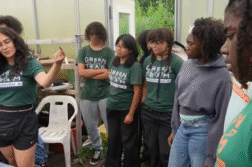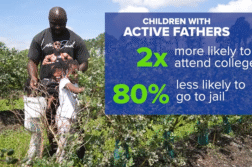WASHINGTON, D.C. (Ivanhoe Newswire) — Over 20 percent of all U.S. residents speak a foreign language at home and those numbers have increased by over two million since 2010. But for young children of bilinguals, there are surprising differences in how they learn about languages and the world starting at a young age.
Two-year-old Daiana Mogle loves dolls and dress up. Her mom, Yael Meirovich, is from Argentina. Daiana’s dad Mark speaks to the kids in English. Yael talks to both children in both languages.
“Sometimes I say this is this in Spanish, and this is this in English,” Yael told Ivanhoe.
Rachel Barr, PhD, a developmental psychologist at Georgetown University in Washington, D.C., and her colleagues studied language and memory flexibility in kids who are exposed to one language, and those exposed to two.
Barr explained, “The bilinguals are figuring out that different words match on to the same object and different objects might work in the same way as well.”
To find out more, developmental psychologists demonstrated how to put together a simple rattle. Then they showed the child another rattle with parts that were different colors and shapes.
“We showed them things that worked in the same way but that look different on the outside to see how flexible they could be in their memory,” detailed Barr.
Researchers found that beginning at six months, bilingual babies had more flexible memory than those who had parents who spoke only one language. Barr said eventually all children have memory flexibility.
“But if we think about it, particularly for children who might be going into preschool, it might be really beneficial to be flexible,” said Barr.
Barr suggests parents can help children match objects to words by providing a rich language environment. Encourage conversation by narrating events out loud. Help kids connect words to objects around them and speak in whichever language or languages feel comfortable.
Developmental psychologists also studied children who were in homes where three languages are spoken and found these children processed information at about the same rate as children whose parents spoke one language at home.
Contributors to this news report include: Cyndy McGrath, Supervising and Field Producer; Milvionne Chery, Assistant Producer; Bob Walko, Editor; Roque Correa, Videographer.
Produced by Child Trends News Service in partnership with Ivanhoe Broadcast News and funded by a grant from the National Science Foundation.



